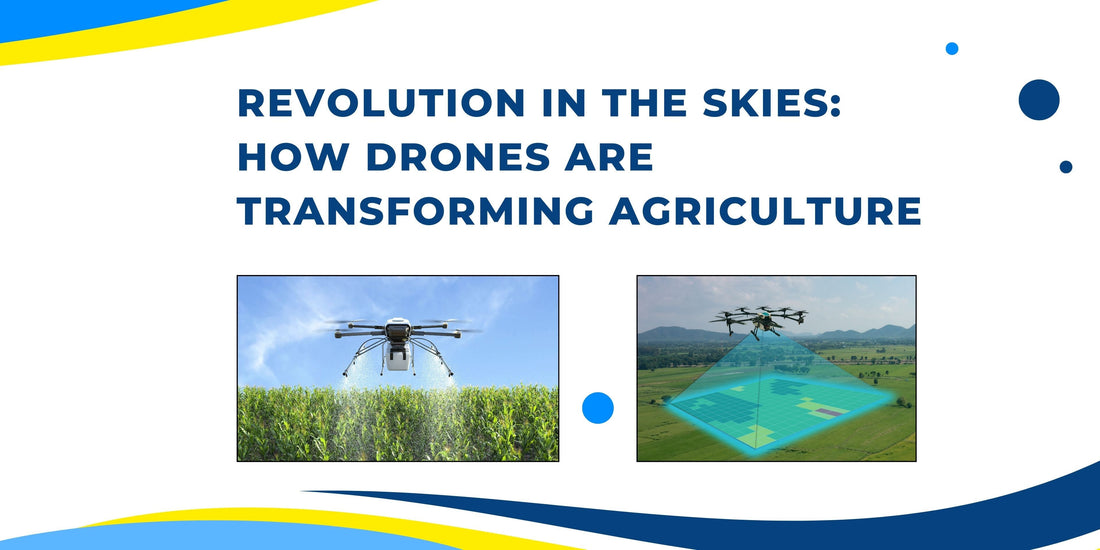
Revolution in the Skies: How Drones Are Transforming Agriculture
Agriculture is evolving rapidly, and technology is at the heart of this transformation. Among the most exciting innovations, drones have emerged as powerful tools that are reshaping farming practices across the world. These aerial devices are helping farmers save time, reduce costs, and make smarter decisions for better yields. Let’s explore how drones are being used in modern farming.
1. Crop Monitoring and Health Assessment
Traditional crop scouting is time-consuming and often misses early signs of stress. Drones equipped with high-resolution cameras and multispectral sensors can quickly scan large fields, capturing detailed images.
- Identify pest and disease outbreaks early
- Detect nutrient deficiencies through plant color variations
- Monitor crop growth stage by stage
This real-time data allows farmers to take timely corrective action and avoid major yield losses.
2. Precision Spraying and Fertilization
Drones are increasingly being used for pesticide, fungicide, and fertilizer application. Unlike conventional sprayers, drones can:
- Apply inputs evenly and precisely
- Reach difficult or waterlogged areas
- Reduce chemical wastage and labor costs
- Lower health risks for farmers
In fact, studies show that drone spraying can reduce chemical use by up to 30% while maintaining effective pest control.
3. Soil and Field Analysis
Before sowing, drones can generate 3D maps of fields to understand soil conditions, slope, and irrigation patterns. This helps in:
- Planning seed distribution
- Designing efficient irrigation systems
- Identifying low-yield areas that need extra attention
Such insights improve overall farm management and boost productivity.
4. Irrigation Management
Water is one of the most critical inputs in farming. Drones with thermal cameras can detect dry patches and over-irrigated zones in a field. This ensures water is used efficiently, reducing costs and conserving resources.
5. Yield Estimation and Harvest Planning
Accurate yield prediction is essential for market planning. By analyzing crop density and health from aerial data, drones help estimate harvest size. Farmers can then:
- Plan storage and transportation in advance
- Negotiate better prices with buyers
- Reduce post-harvest losses
The Future of Drone Farming
As drone technology becomes more affordable and regulations evolve, adoption in Indian agriculture is expected to grow rapidly. Government schemes are also encouraging farmers and FPOs to use drones for spraying and monitoring.
